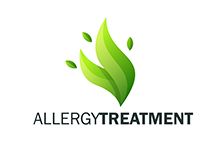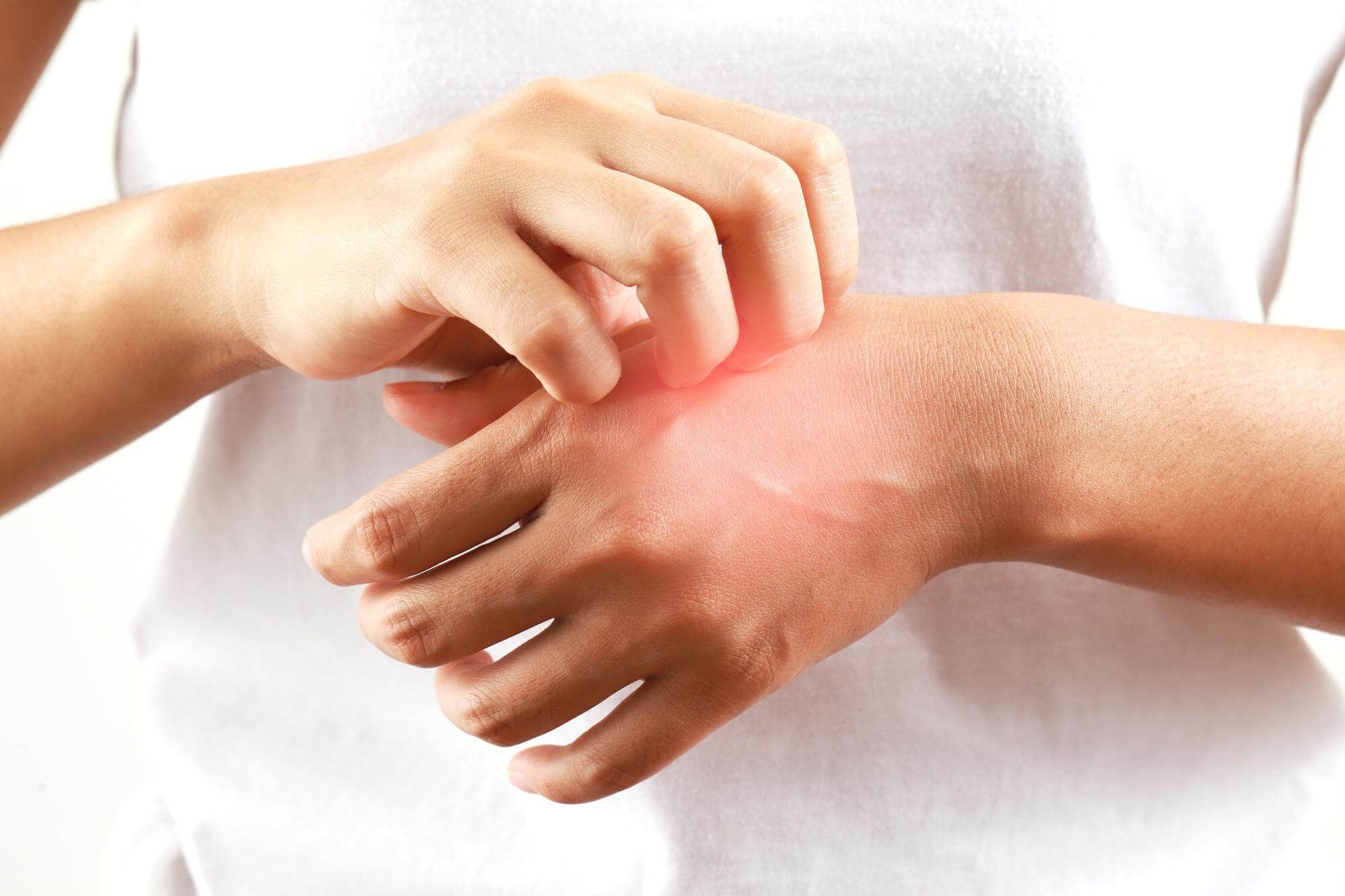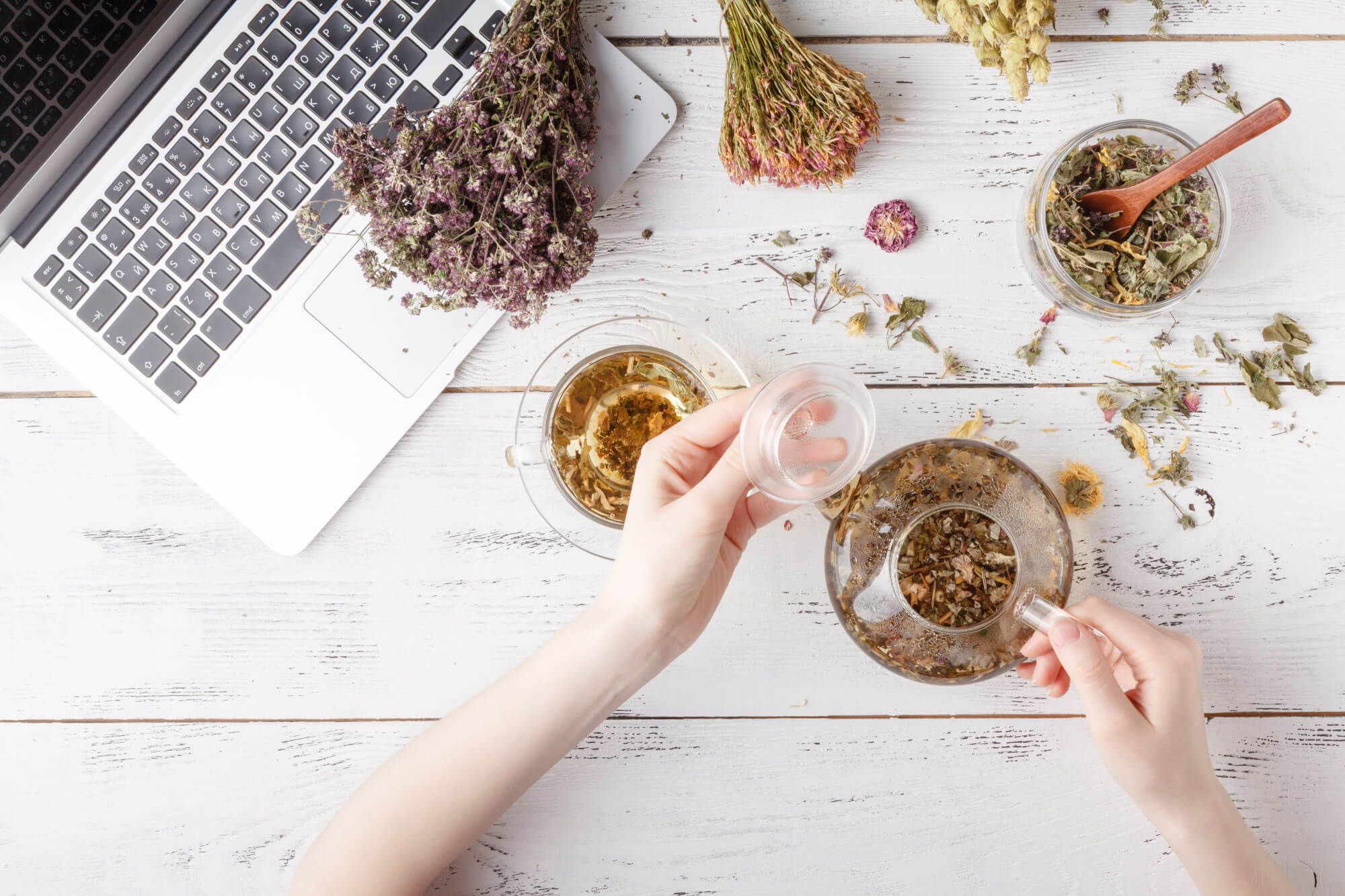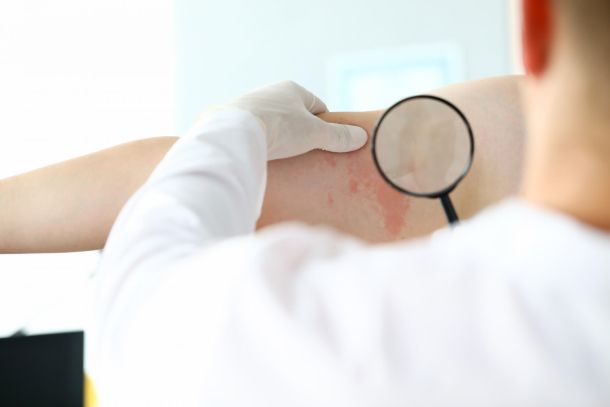What you can and can't eat with hives
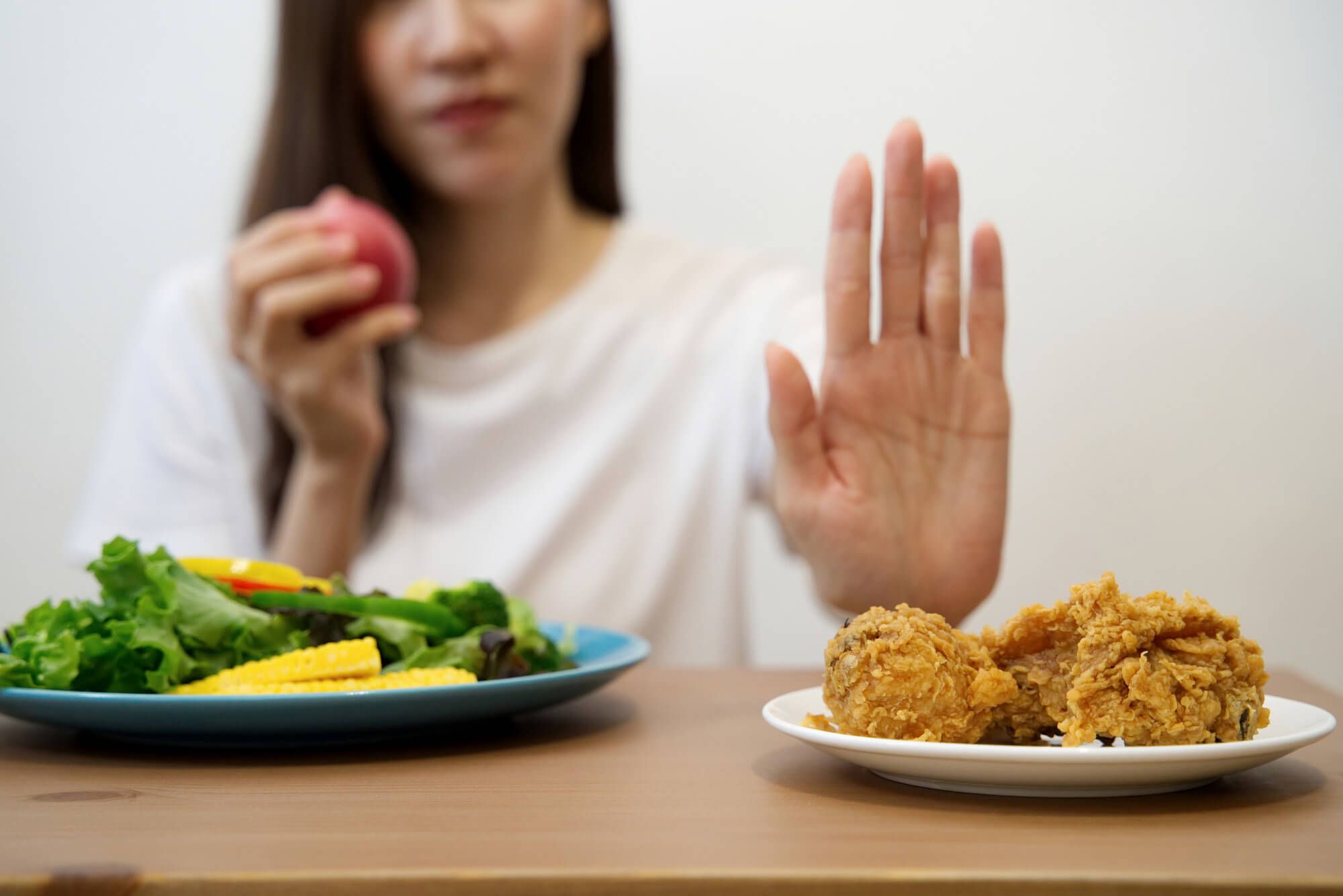

Eva Zakharova
Urticaria is a common allergic disorder that can cause a lot of discomfort. However, along with medication (antihistamines such as Suprastin or Zyrtec), proper diet plays a key role. A hypoallergenic diet for urticaria can significantly improve the patient's condition.
Principles of the urticaria diet
A good diet helps reduce the risk of exacerbations and supports the immune system. The main goal of the urticaria diet is to minimize contact with potential allergens.
The basic principles of the urticaria diet include eating plenty of fresh fruits and vegetables that are rich in vitamins and antioxidants, and avoiding foods that can cause an allergic reaction. It is important to drink enough water to keep your body hydrated.
Foods recommended for consumption in hives
Vegetables and fruits
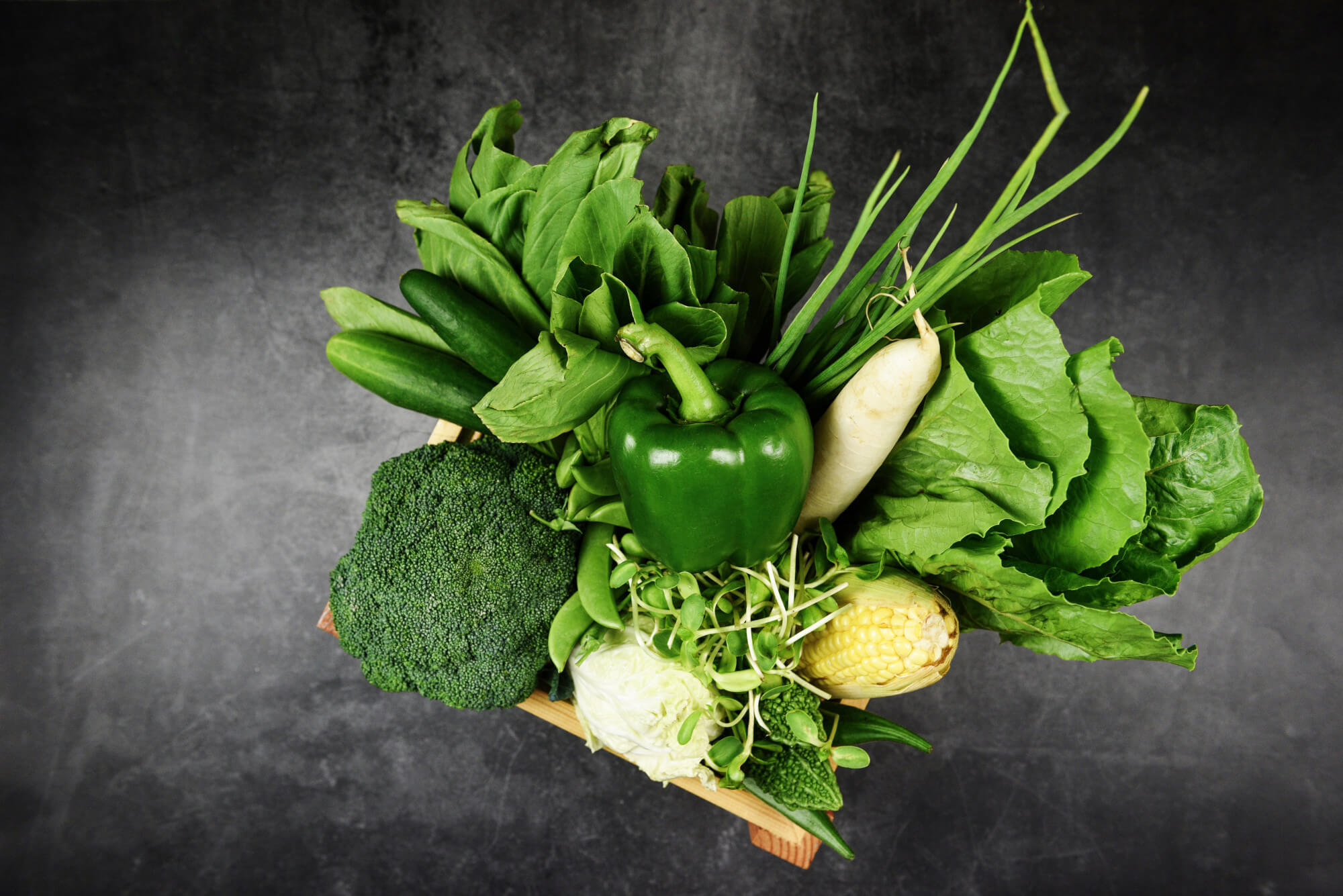
Vegetables and fruits are a source of vitamins, minerals and antioxidants that strengthen the immune system and help fight inflammation.
Green vegetables such as broccoli, spinach, zucchini, and fresh fruits such as pears, apples, and apricots are recommended.
Protein
Protein is essential for cellular repair and maintaining the immune system. They also help maintain energy levels.
Optimal sources of protein are soft meats (chicken, turkey), fish (tuna, salmon), and legumes, buckwheat and cottage cheese.
Healthy Fats
Healthy fats help reduce inflammation in the body and improve overall health.
Olive oil, avocados, nuts and seeds, and oily fish are great sources of healthy fats.
Carbohydrates
Carbohydrates are our body's main source of energy. They should be present in the diet in sufficient amounts, but the main thing is to choose the "right" carbohydrates.
It is recommended to use complex carbohydrates: buckwheat, wholemeal cereals and vegetables. Bread should be made from wholemeal flour.
Foods to avoid in case of hives
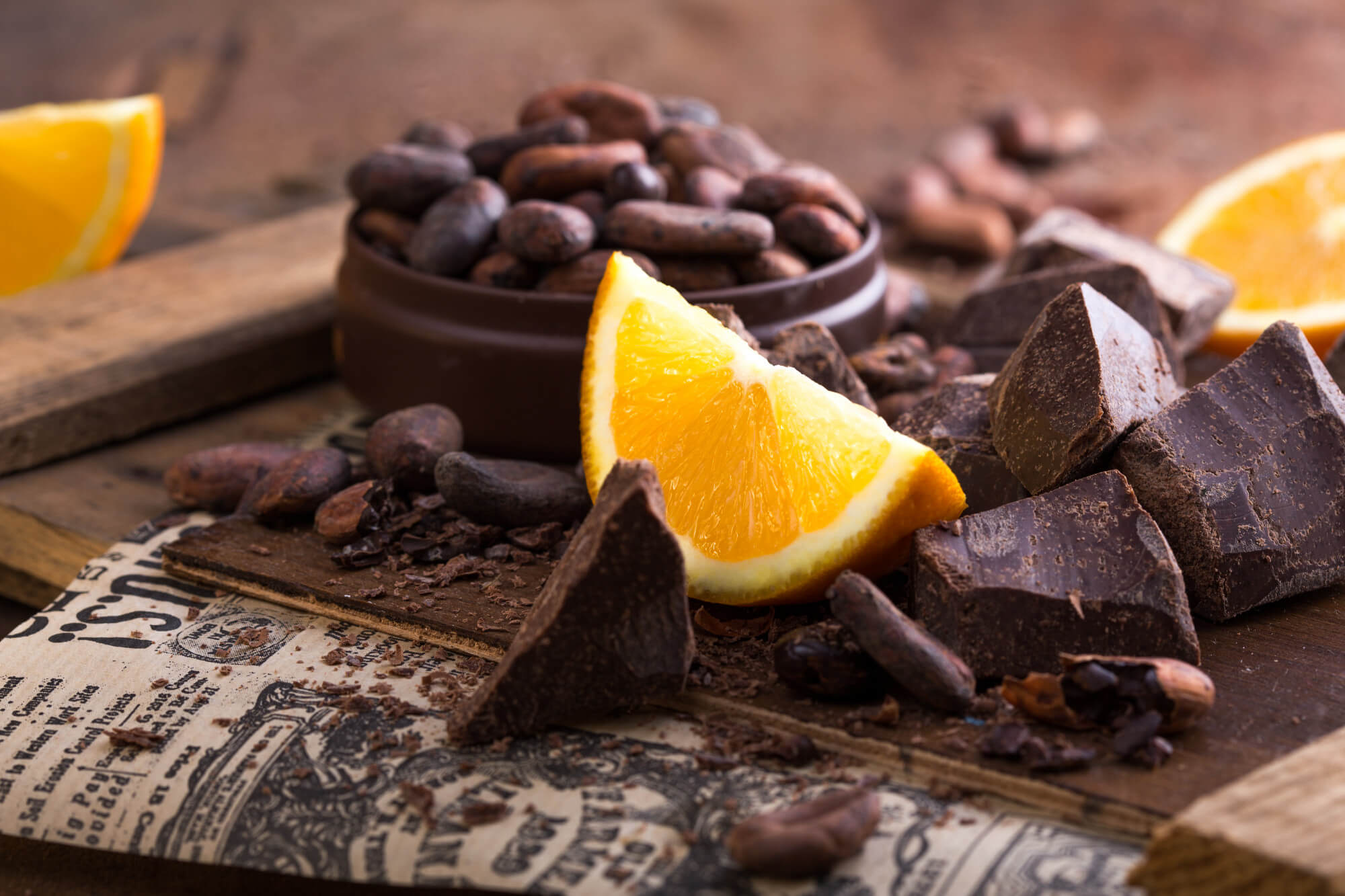
Allergenic foods such as citrus fruits, chocolate, honey, red wine, berries, eggs, milk, nuts and seafood should be avoided.
Foods high in preservatives and colorings
It is necessary to avoid processed foods, sausages, carbonated drinks and other foods high in preservatives and dyes.
Foods high in sugar and saturated fats
Sweets, cookies, chips, fast food, fatty sauces, mayonnaise and fatty meats are foods that should be excluded from your diet.
Examples of weekly menus for urticaria patients
- Breakfast - Protein omelet with vegetables, buckwheat porridge with water, fruit salad of acceptable fruits.
- Lunch - Whole wheat flour bread, mushroom soup, chicken breast baked with vegetables, piece of cottage cheese.
- Dinner - Fresh vegetable salad, baked fish, whole grain cereal porridge.
- Healthy snacks - Nuts (except those you are allergic to), fruit, vegetable salads, cottage cheese, natural juices.
A diet for hives in adults is not just about following a certain diet. It is a change in lifestyle as a whole, which includes hypoallergenic diet, giving up bad habits, maintaining immunity and regular intake of antihistamines. Compliance with these principles will minimize the manifestations of urticaria and improve the quality of life. Do not forget that every body is different, so it is important to consult a doctor and take into account the individual tolerance of products.
New materials
Popular Articles
We recommend reading
Contact us in the Contact Us section to ask questions, offer ideas, or for more information about our allergy resource.
Our articles are your trusted source of allergy knowledge. Learn how to make life with allergic reactions easier on our specialized portal.
©
Lechenie-Allergii.com. All rights reserved.
© Lechenie-Allergii.com. All rights reserved.
The information on this site is for informational purposes only and is not a substitute for professional medical advice. We recommend consulting with qualified medical professionals for accurate information and advice.
 English
English  Українська
Українська  Русский
Русский 